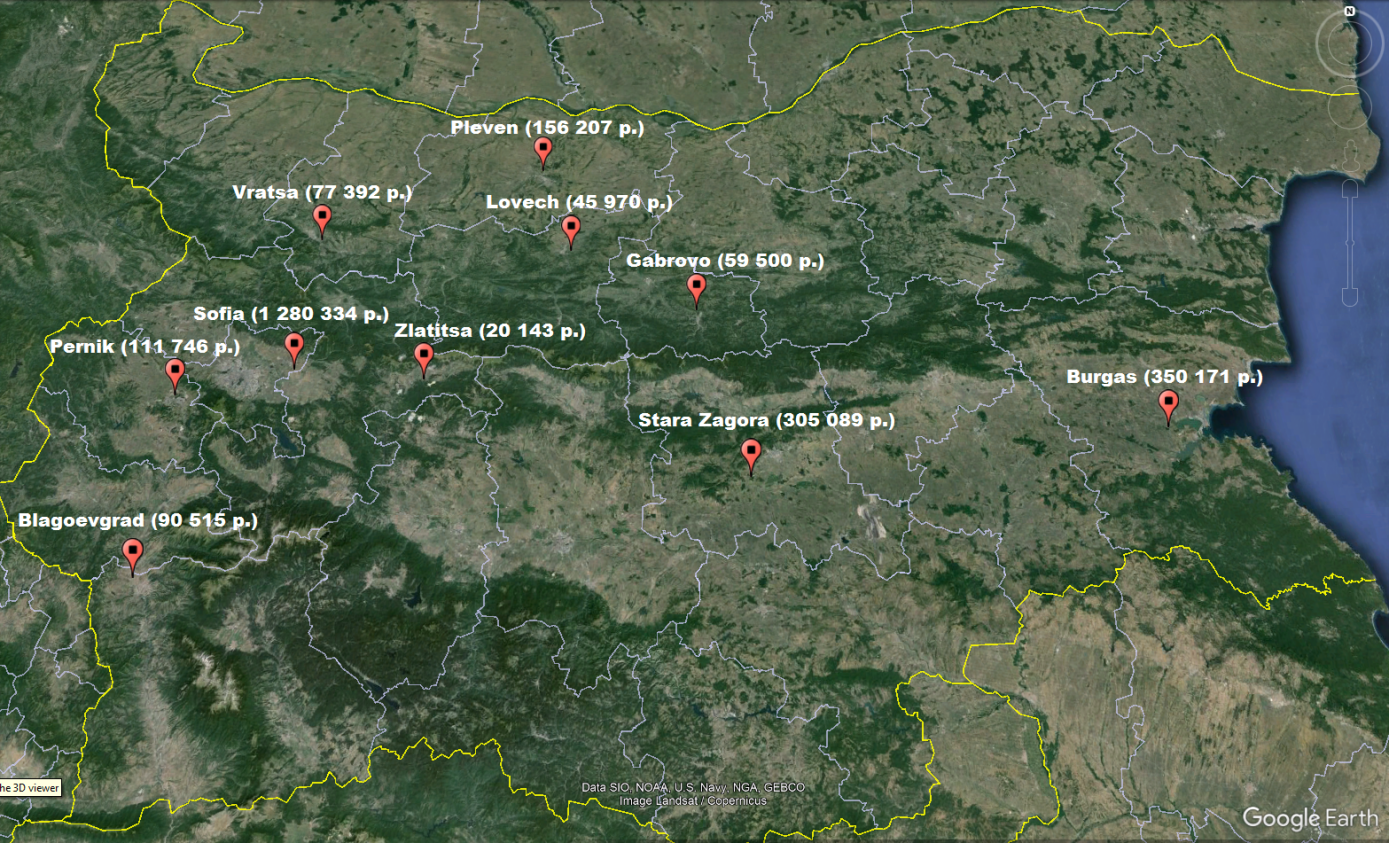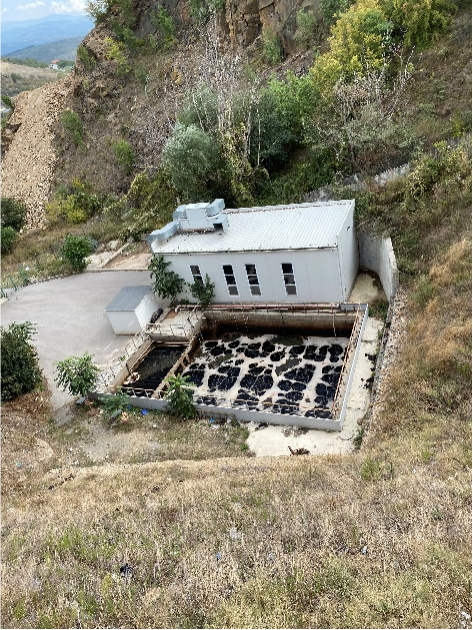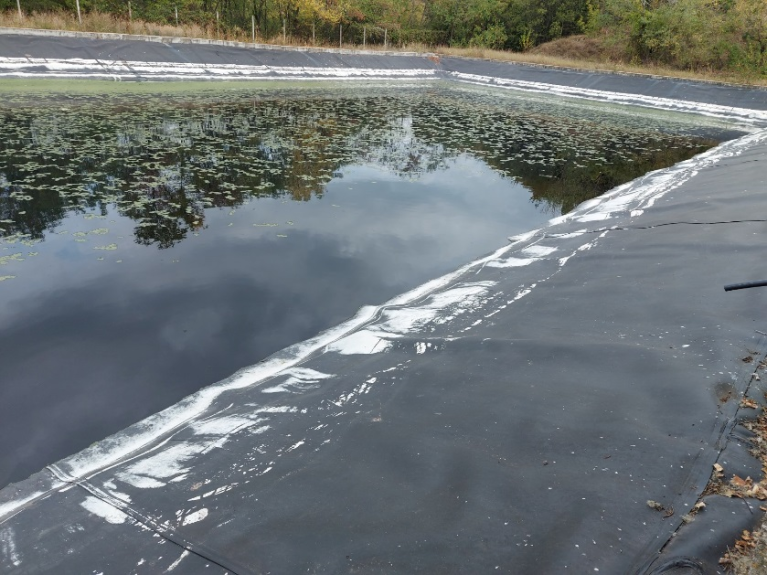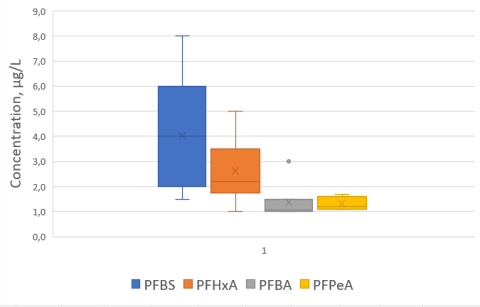Sofia University: Study Reveals PFAS Concentrations in Bulgarian Landfills within European Range
A recent study conducted by Sofia University analysed approximately 20% of Bulgaria's officially registered sanitary landfills, which collectively manage 35% of the country's annual landfill waste, in terms of PFAS concentration and types.

Figure 1: Regional landfills included in the study (population served is given in brackets). @UNISOFIA
Most of the landfills in Bulgaria are relatively young, having been constructed within the last 15 years with financial support from the government and the EU Cohesion Fund. The selected landfills were constructed between 2009 (e.g. Lovech, figure 2A) and 2019 (e.g. Blagoevgrad, fig. 2B), covering a range of ages from 4 to 15 years old landfills. They display the variety of sizes of the Bulgarian regional landfills, serving populations from 20,000 to 1,300,000 inhabitants.
30 analytes of the perfluoroalkyl family of substances from environmental matrices of interest were analysed by PROMISCES partner ACEA. Seven of them were above the Limit of Quantification (LOQ) of 1 µg/L: PFBA, PFBS, PFHxA, PFOA, PFOS, 4-2 FTS. Results of the study indicate that the sum of all analysed PFAS concentrations fall within the typical European range of 0.005 to 18 µg/L, highlighting the need for detailed, targeted sampling to understand PFAS dynamics. The lowest sum was recorded for Sofia landfill, which may be attributed to the preliminary separation of all biodegradable and recyclable materials.

The local leachate treatment plant in the regional sanitary landfill of Blagoevgrad. @UNISOFIA

The retention reservoir in the regional sanitary landfill of Lovech. @UNISOFIA
The study also focused on the Sofia landfill which employs conventional wastewater treatment methods. It is the nation's largest, serving 24% of the population. Six sampling campaigns were conducted over a 10-week period (71 days) from 30 October, 2023, to 9 January, 2024, with a two-week interval between each campaign. A mass flow analysis was conducted. It revealed sensitivity in concentration determination, with further analytical improvements required to comprehend PFAS fate during treatment. Chloride ions were utilized to validate PFAS mass flow analysis.
The data collected will support the PROMISCES research activities aimed at developing innovative technologies to treat landfill leachate and achieve near-zero discharge of pollutants.

Concentration of the four most frequently detected PFAS in the untreated leachate of the studied 10 landfills. @UNISOFIA
